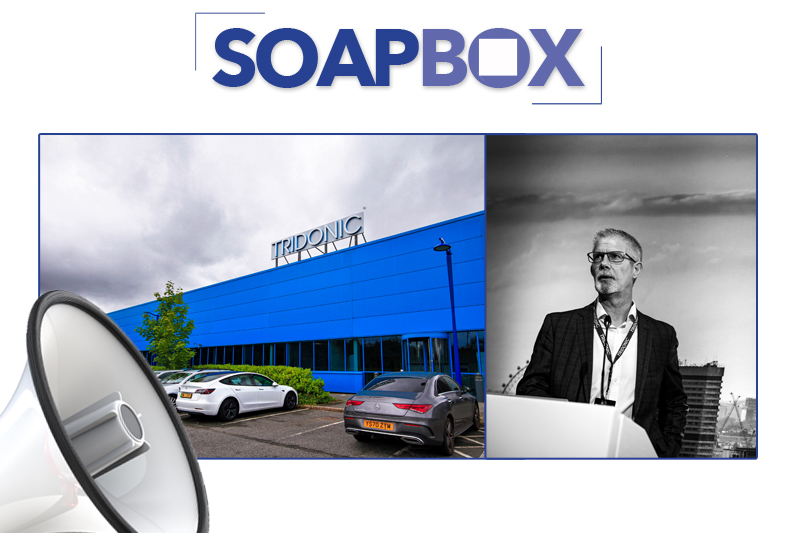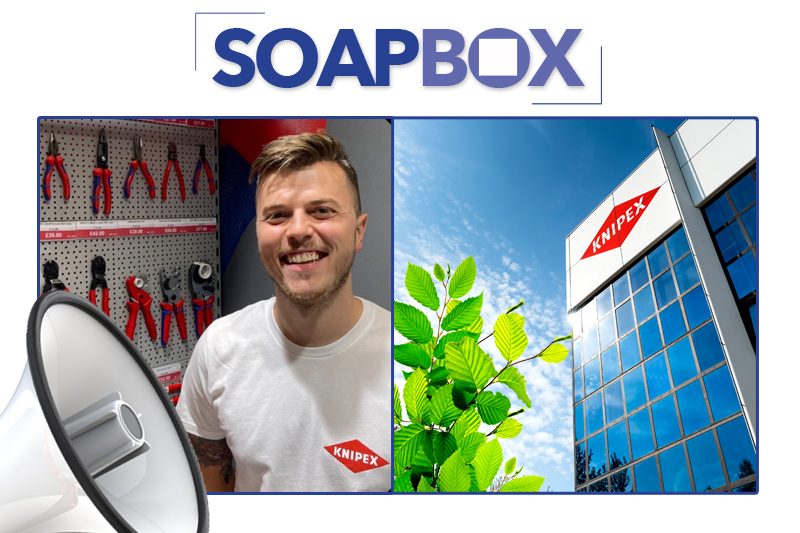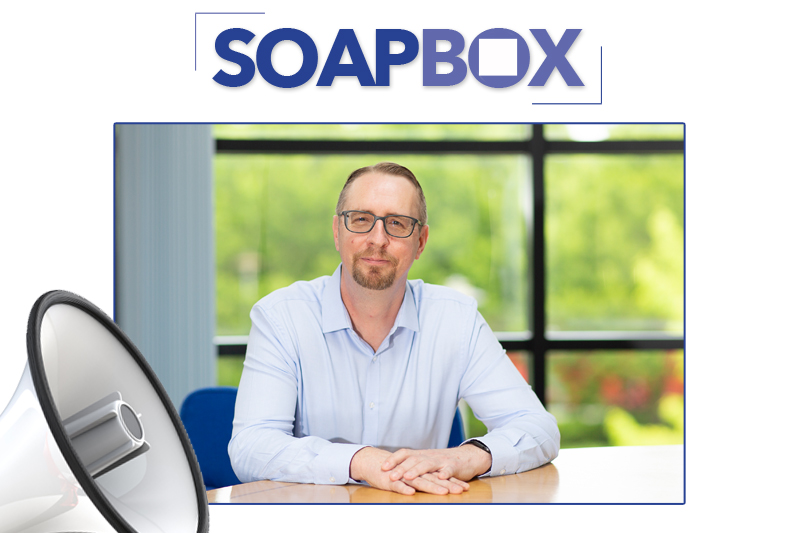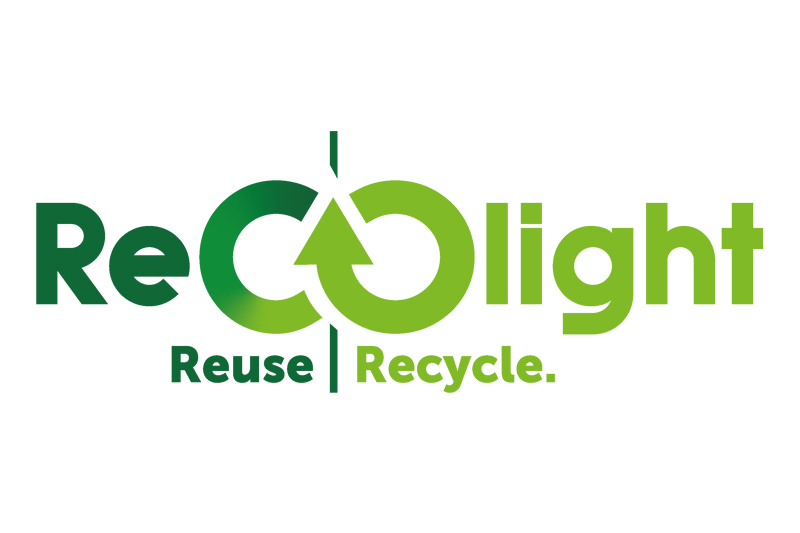Martin Thompson, Technical Services Manager & Sustainability Lead from Tridonic UK, gives an insight into the manufacturer’s current focus on sustainability and plans for the future to keep driving towards Net Zero. He also shares the successful overhaul of Tridonic’s Spennymoor facility, using the sustainability principles that the company is renowned for.
At Tridonic, we’ve worked hard to establish a reputation across the global lighting sector for our sustainable lighting solutions that are manufactured responsibly. Our commitment to environmentally friendly lighting technology is based on a vision of realising the full potential of light and making a positive contribution to the planet and community through our solutions.
Of course, this has to be underpinned by a commitment to improving our own practices and policies. We formalised this back in 2021, when we created the ‘Sustainable Tridonic’ sustainability strategy and more recently our UK specific sustainability pillar in the Tridonic360 campaign. This strategy holds us to account on how we minimise the environmental impact of processes across our value chains. Organised into three pillars, the sustainability strategy gives us and our partners a clear focus on how we can work together to reduce our environmental footprint for a sustainable future.
The first pillar is sustainable products, which sets out how we minimise resource consumption, using materials more efficiently and increasing the proportion of recyclable raw materials. Circular design concepts are proven in our Cradle to Cradle (C2C) LED drivers and modules, products created for the long-term allowing them to be reused in a new cycle. Our goal is to align our premium product portfolio by 2030 with the Cradle to Cradle design concept.
Looking further at our own practices, we have continued to implement circular processes and optimise production for sustainability. The company’s packaging has been converted to 80-90% recycled cardboard, significantly reducing carbon emissions.
The second pillar is being a partner of choice. This is where we build responsible and sustainable cooperation with trust based collaboration – as an employer or technology partner, and with our suppliers.
The final pillar is environmental protection. Here we focus on reducing CO2 emissions across our company’s value chain. We also concentrate on reducing greenhouse gas emissions in our manufacturing sites’ production and operation processes. It is through this pillar that we have undertaken a recent overhaul of our Spennymoor facility, using a range of Tridonic lighting solutions.
The Spennymoor site, which encompasses a Tridonic factory, test facilities and offices, is a prime example of how facilities managers can have a data-driven workplace strategy to drive long-term sustainability.
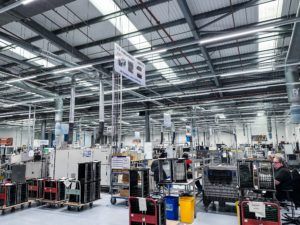
A recent upgrade to the facility’s lighting, using Tridonic solutions, has delivered an array of impressive energy savings and associated cost reductions. The upgrade has been completed utilising the introduction of Tridonic’s Building Asset 360 market approach, which included the replacement of outdated fluorescent lighting to LED lighting and controls.
Building Asset 360 market approach is built on the principle of seeing luminaires as more than just sources of light and enables the exploration of data on the performance and health of each luminaire.
This market approach encompasses all Tridonic solutions including wireless lighting and wireless emergency lighting. It also embraces the interoperability between other systems such as BMS for a market that is requiring retrofit solutions. In many cases, it can leverage assets that already exist with the building.
The result over just the initial three phases of the upgrade – offices, production hall, warehouse, compressor room, outside canopy and mezzanine – delivered savings of approximately 181MWhrs per annum. This is a 50% saving, securing a reduction in energy expenditure of £65,000 each year.
Spennymoor is now a fully-functioning, sustainable workplace that is not just collecting data, but converting these valuable insights into actions that make a big difference. This is not the end of the journey for Tridonic, however, and further energy saving projects, such as the implementation of daylight harvesting, are in the pipeline for the future.
Tridonic will maintain momentum in innovating and exploring new ways to reduce our carbon footprint, while supporting clients and partners to do the same.
For more on this topic, click here
Catch up on previous ‘Soapbox’ articles here

